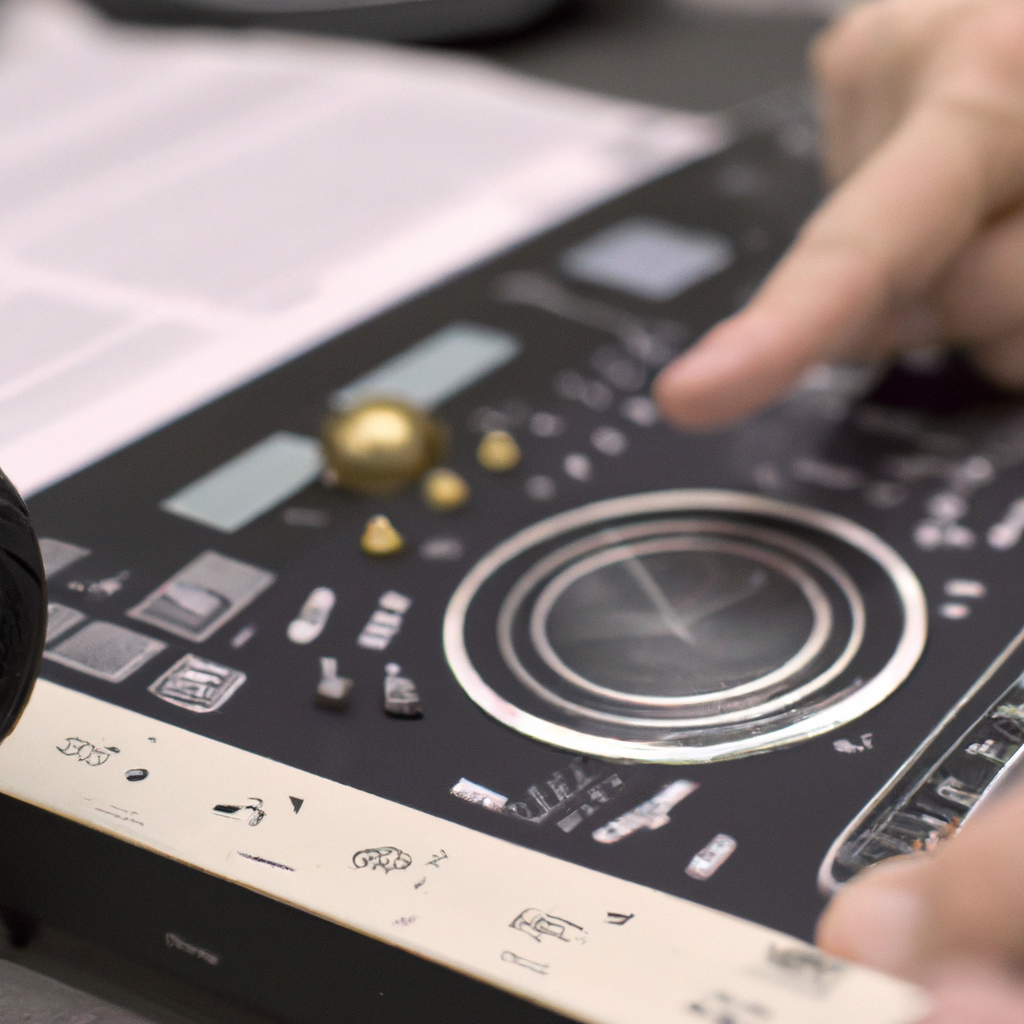A lie detector test, also known as a polygraph test, is commonly used in criminal investigations, pre-employment screenings, and other situations where the truthfulness of an individual needs to be determined. But how does a lie detector test work? In this article, we will explore the procedure, accuracy, and science behind lie detector tests.
Lie Detector Test Procedure
A typical lie detector test involves the following steps:
1. Pre-test interview: Before the test, the examiner will conduct an interview with the subject to establish a baseline for their physiological responses. This interview will also include questions about the subject’s medical history, drug use, and mental health.
2. Instrumentation: The examiner will then attach sensors to the subject’s body to measure physiological responses, such as heart rate, blood pressure, and respiration.
3. Control questions: The examiner will ask the subject a series of control questions that are designed to elicit a physiological response from the subject. These questions will be unrelated to the specific issue under investigation.
4. Relevant questions: The examiner will then ask the subject a series of relevant questions related to the issue under investigation.
5. Analysis: The examiner will analyze the subject’s physiological responses to the control and relevant questions to determine if the subject is being truthful or deceptive.
Accuracy of Lie Detector Tests
While lie detector tests are commonly used, their accuracy is often questioned. The accuracy of a lie detector test depends on several factors, including the skill of the examiner, the type of questions asked, and the physiological responses of the subject.
According to the American Psychological Association, the accuracy of lie detector tests is approximately 80-90%. However, this accuracy rate can vary depending on the circumstances of the test.
One factor that can affect the accuracy of a lie detector test is the type of questions asked. Control questions are designed to elicit a physiological response from the subject, even if they are telling the truth. If the subject is more nervous during the control questions than the relevant questions, this can affect the accuracy of the test.
Another factor that can affect the accuracy of a lie detector test is the physiological responses of the subject. Some individuals may be able to control their physiological responses, making it difficult for the examiner to determine if they are being truthful or deceptive.
How does a Lie Detector Test Work?
Lie detector tests work by measuring physiological responses, such as heart rate, blood pressure, and respiration. These responses are measured using sensors attached to the subject’s body.
When a person lies, their body experiences physiological changes, such as an increase in heart rate and blood pressure. These changes are measured by the sensors and recorded by the examiner.
The examiner then analyzes the subject’s physiological responses to determine if they are being truthful or deceptive. If the subject’s physiological responses indicate deception, the examiner will conclude that the subject is lying.
Conclusion
In conclusion, a lie detector test, also known as a polygraph test, is used to determine the truthfulness of an individual in various situations. The accuracy of a lie detector test depends on several factors, including the skill of the examiner, the type of questions asked, and the physiological responses of the subject.
Lie detector tests work by measuring physiological responses, such as heart rate, blood pressure, and respiration. These responses are measured using sensors attached to the subject’s body. The examiner then analyzes the subject’s physiological responses to determine if they are being truthful or deceptive.
While lie detector tests are commonly used, their accuracy is often questioned. Therefore, it is essential to understand the limitations and factors that can affect the accuracy of a lie detector test.







